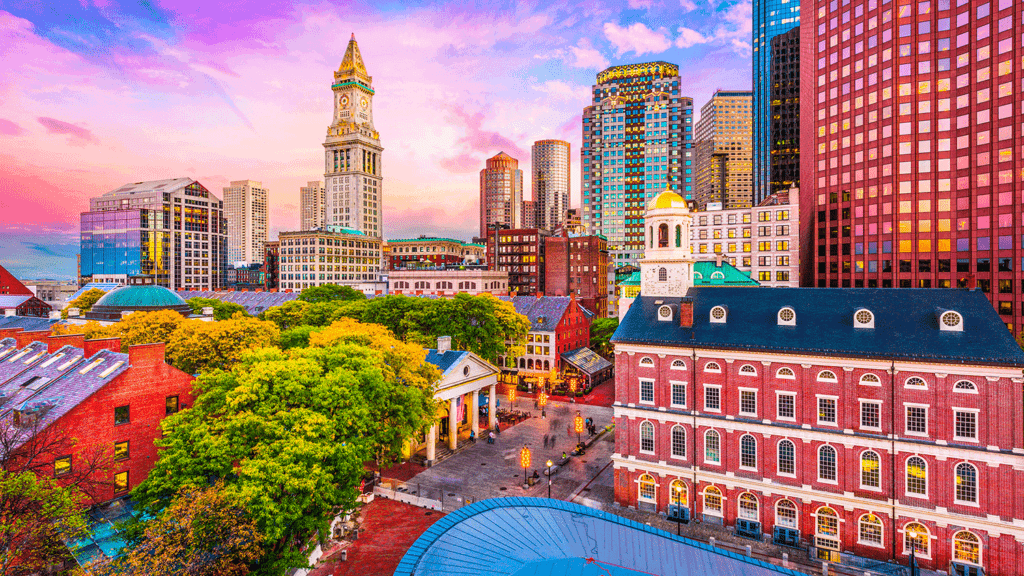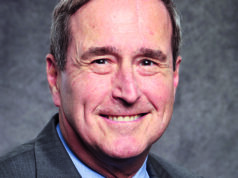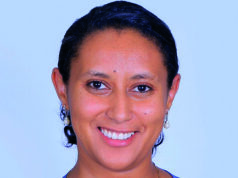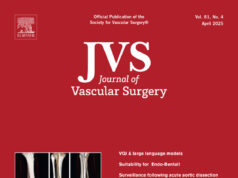 We asked the presidents of all five major regional vascular societies in the United States for an update on the latest goings-on in their organizations, how their presidencies are progressing, and what papers and talks they are looking out for at this year’s Vascular Annual Meeting (VAM).
We asked the presidents of all five major regional vascular societies in the United States for an update on the latest goings-on in their organizations, how their presidencies are progressing, and what papers and talks they are looking out for at this year’s Vascular Annual Meeting (VAM).
Andres Schanzer, MD, president of the New England Society for Vascular Surgery (NESVS), Robert Rhee, MD, the current Eastern Vascular Society (EVS) president, President William Jordan, MD, from the Southern Association for Vascular Surgery (SAVS), Raghu Motaganahalli, MD, president of the Midwestern Vascular Surgical Society (MVSS), and Western Vascular Society President Vincent Rowe, MD, fill us in.
1. Can you tell us a little about the latest developments across your society?
Andres Schanzer: We introduced a new research fellowship that leverages the Vascular Study Group of New England (VSGNE)/NESVS relationship and the many strong investigators in our region who will be providing the teaching content. This course, designed and led by Kimberly Malka, MD, will help to jumpstart high-impact research careers for junior members in our region. We have tried to increase our region’s social media presence in order to better serve our members. This effort, initiated by Alan Dardik, MD, during his presidency last year, has been an enormous success. The NESVS now has more than 1,000 followers on Twitter, and regularly posts on this platform and others like Instagram. We continue to work on our society’s diversity, equity, and inclusion (DEI), and want our society membership to look like our patients. Beth Blazick, MD, and Patricia Furey, MD, chair our DEI committee. Finally, we have put significant effort into making the NESVS a home for all who take care of vascular surgery patients. Our Allied Health program continues to grow.
Robert Rhee: We have in the past had quite selective, exclusive committees at the EVS—we have in excess of 20 committees. In the past, the president would appoint people he knows, people who are in the academic circle. What I did this year was to open it up to any member who wants to serve. Even if you are one year out of a fellowship, and if you’re a laboratory tech, or a physician’s assistant, and you want to serve to help advance the treatment of vascular disease, you can. Our committees are much larger, we have a lot more manpower, and we’re going to use that manpower to develop more robust, web-based content, in terms of patient testimonials, and interviews of experienced vascular specialists doing certain procedures. We aim to be a society not just focused on an annual meeting, but a year-round service to all the members.
William Jordan: In January of 2022, many of our members were able to gather in Florida for our annual meeting as we emerged from the pandemic. The science shared in the plenaries was inspiring, and the techniques shown in the postgraduate course were truly innovative. SAVS has the distinction of having the highest proportion of meeting manuscripts published in the Journal of Vascular Surgery (JVS). We are also proud of progress we’ve made in attracting underrepresented groups to our society. Over the last five application cycles, nearly 40% of our new Active members have been from underrepresented groups—including females and ethnic minorities. We are excited for our continued growth in this area.
Raghu Motaganahalli: The MVSS established a new DEI Committee, led by Bernadette Aulivola, MD, and Lee Kirksey, MD, as chairs. Several recommendations were made from the committee, including scholarships for health disparities research. We will implement them at this year’s meeting in Grand Rapids, Michigan. We continue to host the popular New Horizons webinar series. At each of these events, we’ve presented topics on new technologies and debated on controversial topics. These programs were well attended by our members and trainees. Our society has invested in medical students who want to pursue a career in vascular surgery by giving them access to our educational webinars, travel scholarships and our residency fair. Our Medical Student and Resident Committee has done a great job of connecting with vascular special interest groups in order to attract the best and brightest for our specialty.
Vincent Rowe: This year, the WVS has re-instituted the Mock Oral examinations, led by Warren Chow, MD, from University of Washington. We have also had webinars for our DEI Committee and Vascular Surgery Interest Group.
2. What priorities did you set for your presidential year, and how are they progressing?
AS: My priorities for this year included introducing a new research fellowship for NESVS members that leverages our relationship with the VSGNE and the many talented investigators in our region; expanding our social media presence; integrating DEI consideration into every single decision/appointment we make; growing our APP program/offerings; and using the shared SVS/NESVS membership lists to perform a focused membership drive, with the goal of all SVS members in our region also being members of NESVS.
RR: For my presidential year, I’ve really focused on making this medical society a little bit more inclusive. One of the things I initiated—and will be legislated and enacted by our annual meeting in September—is no longer requiring an MD or DO as a membership requirement, meaning that we have been, for the last several years, pushing to get Allied Health (physicians assistants, techs, nurses, anybody who is involved in vascular care) to join the EVS as an equal voting member. The days of stuffy old physicians’ societies are gone. Those are significant changes for a 750-member regional society.
WJ: Our primary focus heading into this term is building upon the success of our last meeting, and continuing to foster a great sense of togetherness. We are excited to welcome more in-person attendees to our next annual meeting in Puerto Rico in January of 2023. We are confident that eased COVID-19 restrictions, coupled with a beautiful setting, will lead to even more engagement amongst our members. My priority as president is to bring our society and specialty closer together in order to advance the science and understanding of vascular disease to better serve our patients.
RM: During my presidential year, my main priority is to increase the membership of the MVSS. Membership engagement at all levels is a top priority for the society. Be it Active, Candidate or Medical Student members, we want to strengthen the organization at the grassroots level by continuing to host successful membership drives throughout the year. We want to make sure we welcome as many vascular surgery practitioners and trainees in the Midwest as possible, and encourage them to become members of the MVSS. I am also passionate about our new DEI Committee and its mission to promote diversity, equity and inclusion amongst our general membership, committee volunteers and society leadership. We are committed to mentoring a diverse group of medical students and trainees, and to set the example for others for follow. It is our intent to not only sustain these efforts, but to continuously improve and expand our goals.
3. What paper on the VAM 2022 schedule are you most looking forward to and why?
AS: There are many excellent studies on a broad array of topics, covering every aspect of vascular surgery. One presentation I am particularly excited about hearing is by a group of authors from Hamburg, Germany, who are at the very front edge of procedural imaging technology using Fiber Optic RealShape (FORS; Philips). This technology allows catheter and wires to be visualized in 3D without the use of radiation. They are presenting their first 50 complex aortic patients that they have treated with this technology. It will be exciting to hear about how well this technology performs, where the gaps are, and what future developments might be necessary for FORS to become more widespread.
RR: The papers that I’ll be looking for at VAM are those that are relevant to the everyday vascular surgeon. Those papers that are going to help the in-the-trenches vascular specialist to do their job well, and not really the esoteric procedures that are limited to certain institutions.
WM: I am looking forward to the paper presented by Olamide Alabi, MD, Luke Brewster, MD, and Yazan Duwayri, MD—three members of our outstanding Emory faculty—comparing 90-day peripheral arterial disease (PAD) outcomes in office-based labs versus outpatient procedures.
RM: Every year, I look forward to the E. Stanley Crawford Critical Issues Forum. This year, the program focuses on “Quality Vascular Surgery Care for All—An Aspirational Goal of Merit.” This will be an opportunity to learn more about the chasms in vascular care as it applies to urban and rural America, workforce issues, as well as DEI challenges with access to vascular care. These are hot-button topics, and I am sure this will be a great learning experience for all of us.
VR: Right now, I am curious about the paper from Beth Israel Deaconess Medical Center to better understand how social determinants effect outcomes in vascular disease—”The impact of neighborhood social disadvantage on peripheral artery disease presentation and management.”












